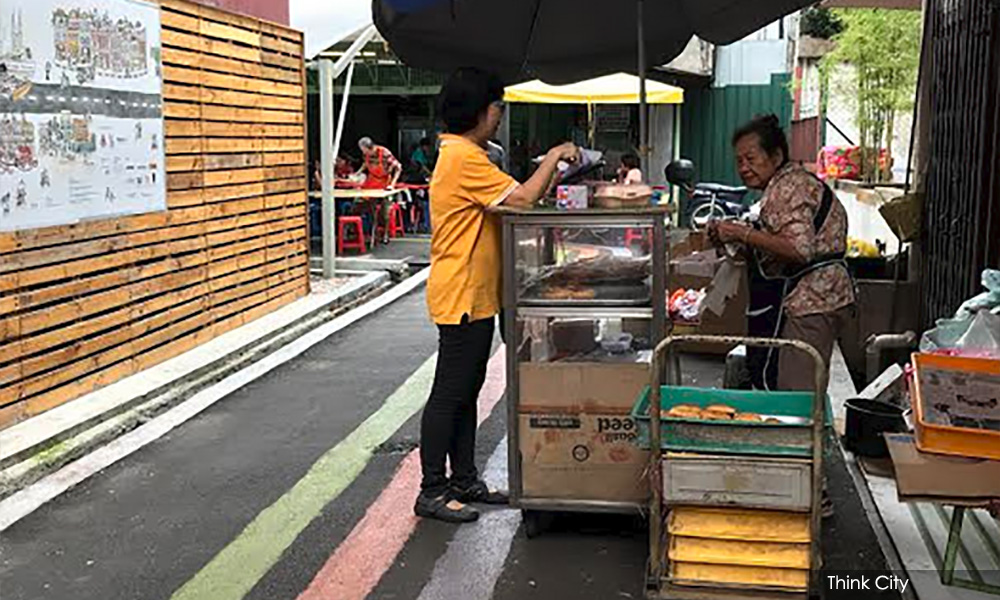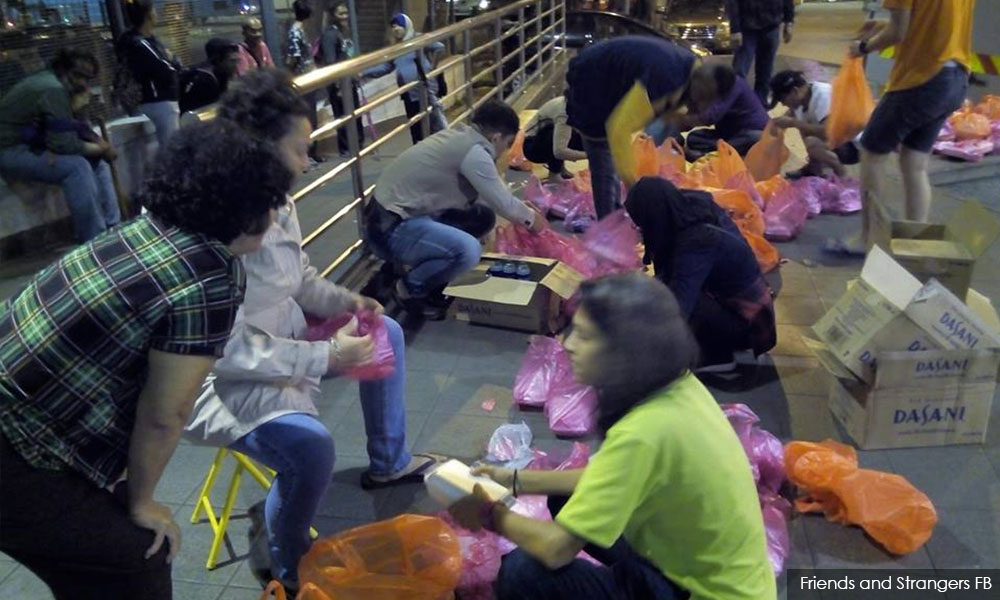
For the last decade or so, the urban movement has created many labels - such as liveable city, resilient city, smart city and vibrant city - in a bid to push cities towards an ideal utopia of sorts.
However, there is a common thread to achieving any one of these ideals - and that is safety. It is impossible to reach an ideal without residents and visitors feeling safe.
While the Safe Cities movement focuses on crime and violence prevention, a Safe Community is a liveable community, where people can undertake their daily activities in an environment without fear, risk of harm or injury. Programmes worldwide focus on injury prevention, safety education and connecting people (of which crime and violence prevention are a subset).
Both movements understand that at its core, crime and safety challenges are linked to other urban challenges like poor urban design, insecure land tenure, social exclusion and urban poverty. The inclusion of women, youth and the urban poor in city planning are also key strategies necessary in creating a safer city.
When people feel safe, they spend more time in that place, bring family and friends, are keen to explore shops and are more likely to come back at night. Safe cities and environments are conducive to good business and a place to set down roots, a place to call home.
For the last four-plus years in Kuala Lumpur, Think City has been trying to dispel the perception that the heritage core, which we term Downtown KL (approximately 1km radius from Masjid Jamek), is less safe than other areas in KL.
One of the main reasons cited was the presence of a significant proportion of a primarily male migrant population, as well as the homeless community.

In 2018, Uta Dietrich from Think City led an intercept survey and an audit assessing physical and social aspects of the environment with categories covering safety, attractiveness, friendliness, efficiency and inclusivity.
The goal was to understand and improve safety and perception of safety in downtown KL in order to bring people back into the area, improve vibrancy and comfort, and improve the downtown KL economy, which is part of the overall urban rejuvenation strategy.
According to Uta, the main findings showed that poor connecting infrastructure, lighting and lack of a diversity of activity were the main contributing factors to the perception that downtown KL was unsafe. It is not surprising that well-lit areas were perceived to be safer, attracting more people.
The team also found, that far from being a threat, the migrant and the homeless population were most at risk from theft or violence.
The genesis of the audit was that Think City, working with local council representatives, needed to know who were the key stakeholders in downtown KL.
This led to a series of meetings that brought together various communities and NGO leaders who had been working in a shared space, but often did not communicate with one another, leading to areas of overlap in resource allocation.

More recently, there has been heated criticism of those who give food to homeless people seasonally. On many occasions, the food is a surplus or worse, many food packages, by the time they reach their recipients, have either gone off or are mouldy. Naturally, much of the food is left on the ground untouched or thrown onto the streets as a protest.
The consequence of this is streets littered with food that then attract rats and cockroaches, enabling a very unhealthy environment to thrive and making a busy time for people whose job it is to keep our streets clean.
One of the recipients spoke about how this was the 7th food pack he had received in the one night, and how some of these feeders woke him up at 1am or 2am to ensure that he received the food.
Another safety issue is inconsistent garbage collection times, causing garbage to pile up. When garbage piles up, it attracts scavengers who look for either food to eat or aluminium cans to sell. The act of scavenging often results in rubbish bags torn apart or rubbish being thrown out of the bins, causing an overall unsanitary environment.
The lack of working toilet facilities in rented and overcrowded shop lots, coupled with a lack of public toilets, has resulted in the city laneways and streets being used as a toilet.

So, despite the good work done by the River of Life project in preventing effluence from flowing into the river, there is daily effluence flowing into open drains and into our rivers.
Combine all these issues and it creates a very unsavoury and unwelcoming experience for those working in and visiting the city.
By creating programmes involving migrant communities, homeless people, women and girls, as well as the general community, coupled with rehabilitating laneways and common spaces with a series of placemaking interventions, it is hoped that collectively, we can create safer public spaces.
Add to that, there is a need to increase pedestrian-friendly streets and to promote informal social interaction via safe and vibrant public spaces. This will go a long way towards our ambition to see improved economic activity with active and clean streets, and people who feel pride and ownership for local communities.
Fortunately, this is an ambition shared by our partners and many others.
LEE JIA PING is Programme Director at Think City. She is an honorary council member of Badan Warisan Malaysia (Heritage Trust of Malaysia). - mkini



No comments:
Post a Comment
Note: Only a member of this blog may post a comment.